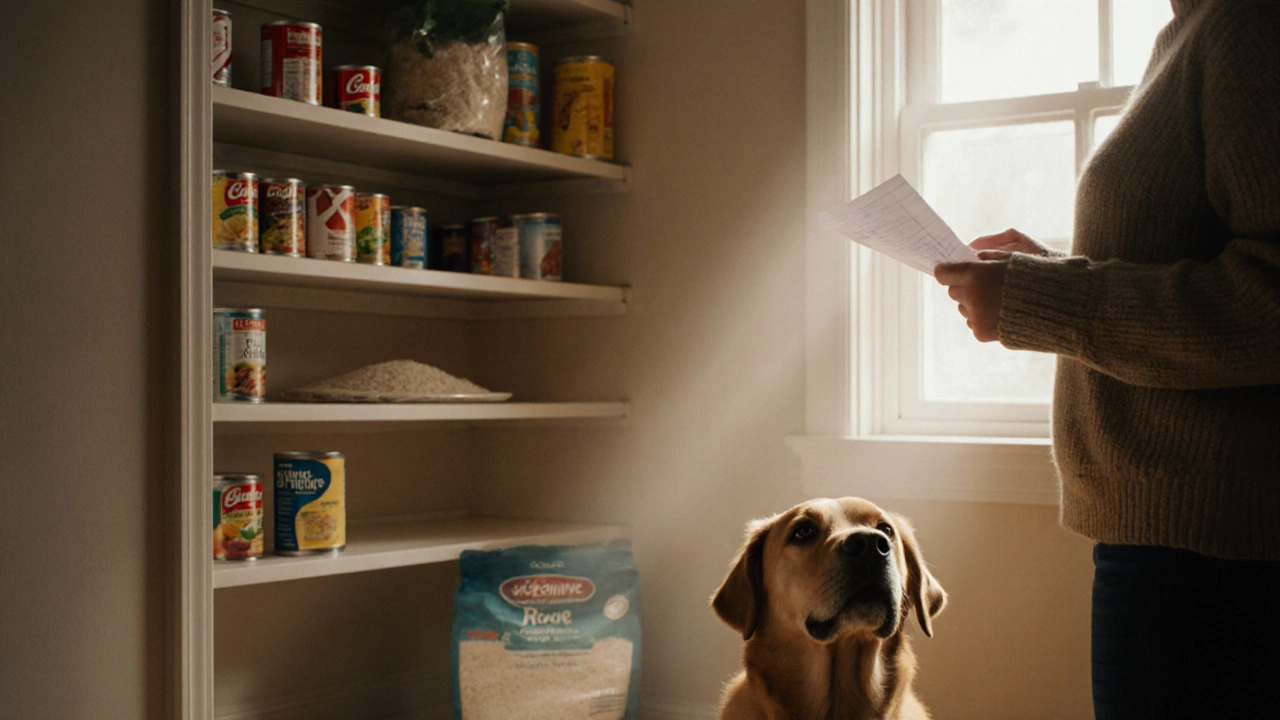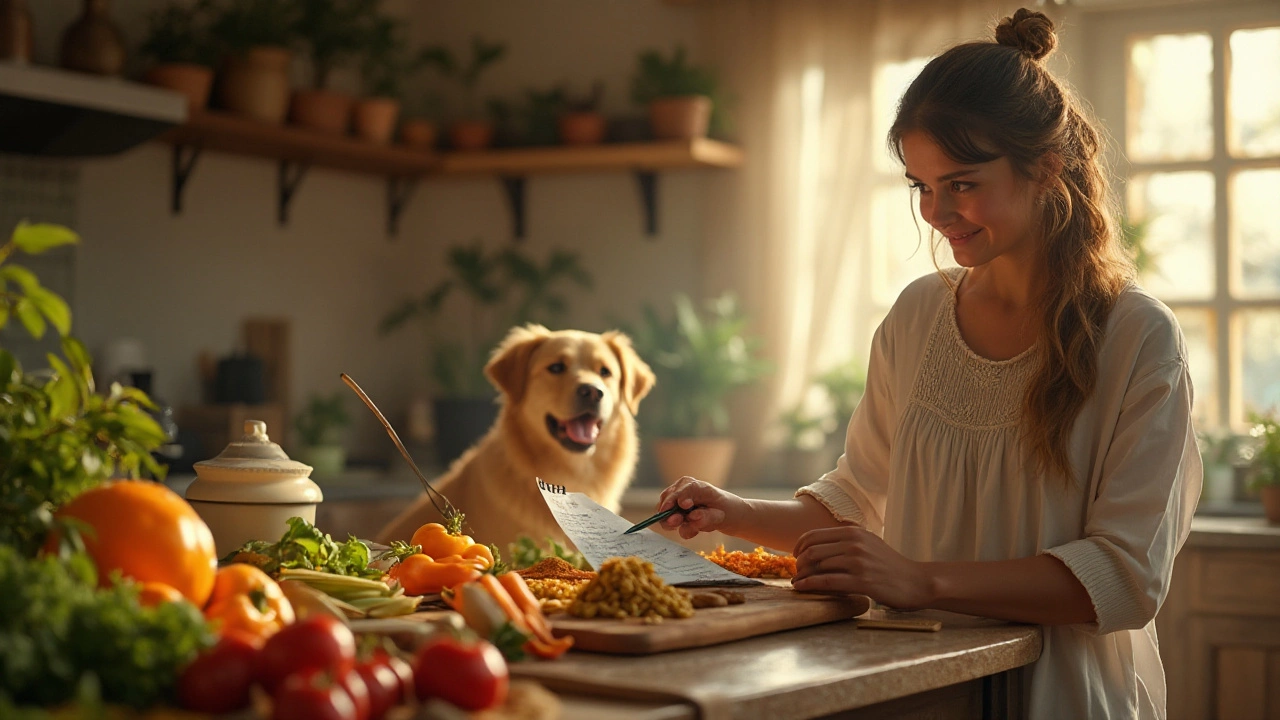Homemade Dog Food – Simple, Safe Recipes & Tips
Thinking about cooking for your dog? You don’t need a culinary degree – just a few basic ingredients and a sense of balance. Homemade meals let you control what goes in your pup’s bowl, avoid cheap fillers, and cater to allergies or picky tastes. Below you’ll find the core rules, a quick guide to nutrition, and two easy recipes you can start today.
Why Cook for Your Dog?
Store‑bought kibble often contains excess carbs, artificial colors, and preservatives that many dogs tolerate but don’t need. By making food at home you can:
- Pick fresh protein sources that are easy to digest.
- Add vegetables that give vitamins and fiber.
- Adjust portions so your dog stays at a healthy weight.
- Spot and avoid allergens like corn or wheat.
Remember, a balanced diet isn’t just meat and rice. Dogs need protein, healthy fats, calcium, and a handful of carbs for energy. Skipping any of these can lead to skin issues, joint problems, or weight swings.
Quick Balanced Recipes
Recipe 1 – Chicken & Sweet Potato Delight
- 1 cup cooked, shredded chicken (no skin, no bone).
- ½ cup boiled sweet potato, mashed.
- ¼ cup steamed green beans, chopped.
- 1 tsp fish oil (for omega‑3s).
- Optional: a pinch of powdered kelp for extra minerals.
Mix everything, let it cool, and serve about a half‑cup per 10 lb of body weight. Store leftovers in the fridge for up to three days.
Recipe 2 – Beef & Rice Power Bowl
- ½ cup lean ground beef, cooked and drained.
- ½ cup brown rice, cooked.
- ¼ cup carrots, finely diced and steamed.
- 1 tsp plain yogurt (probiotic boost).
- ½ tsp calcium powder (or crushed eggshell).
Combine, cool, and serve the same portion rule as above. This mix gives protein, fiber, and calcium in a tasty package.
**Safety First** – Always remove bones, skin, and excess fat. Never add onions, garlic, grapes, raisins, chocolate, or artificial sweeteners – they’re toxic to dogs. If you’re unsure about a new ingredient, check a reliable pet nutrition source or ask your vet.
**Portion Planning** – Use your dog’s weight to calculate daily calories. A 20‑lb adult typically needs about 900–1,000 kcal per day. Most homemade recipes list the calories per cup; adjust the serving size so you stay within the range.
**Transition Tips** – If you’re switching from kibble, mix a small amount of the new food with the old, gradually increasing the homemade portion over a week. This helps avoid tummy upset and gets your dog used to new flavors.
Making dog food at home can be as quick as a weeknight dinner. With these basics you’ll feel confident that your pup gets a fresh, balanced meal every day. Happy cooking, and watch those tails wag even harder!

Budget-Friendly Dog Food: What to Feed When You Can’t Afford Commercial Dog Food
Learn affordable, balanced meals for your dog when commercial dog food is out of reach. Simple protein, carb, and fat options, safety tips, and a 7‑day budget plan.
read more
Essential Tips for Homemade Dog Food: What Ingredients to Avoid
Creating a homemade diet for your dog can be a rewarding way to ensure they receive fresh, high-quality meals. However, it's crucial to understand which ingredients may be harmful to your pet. This guide outlines common food items to steer clear of when preparing homemade dog cuisine to keep your furry friend healthy and safe. You'll find practical tips and nutritional advice to help you craft balanced meals while avoiding potential hazards.
read more



